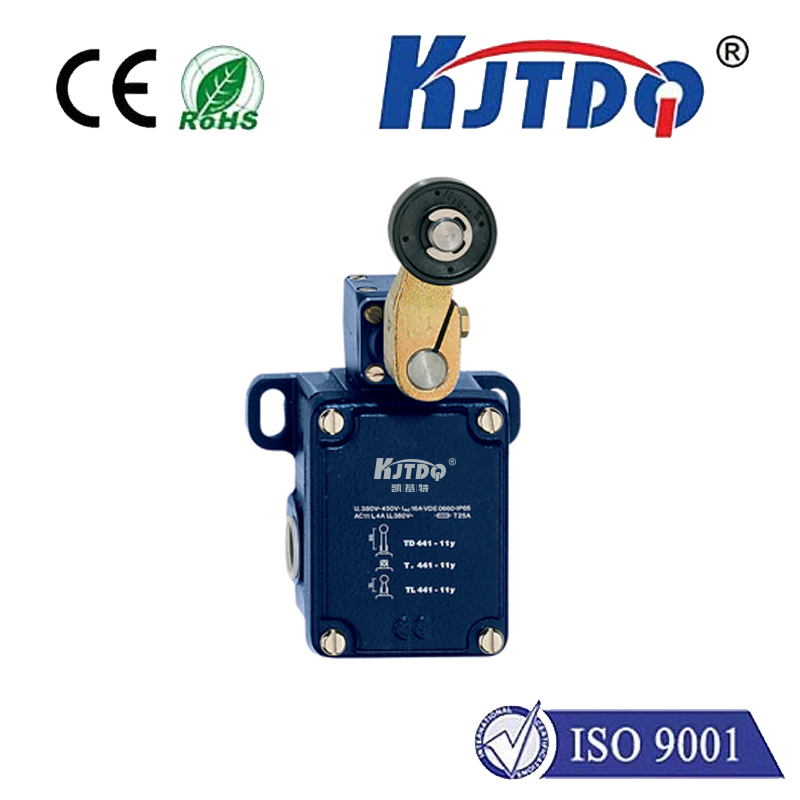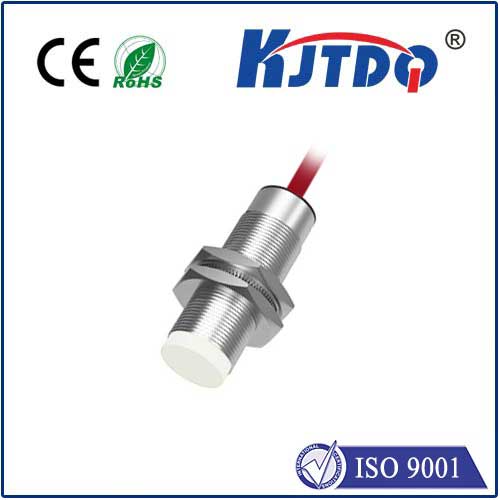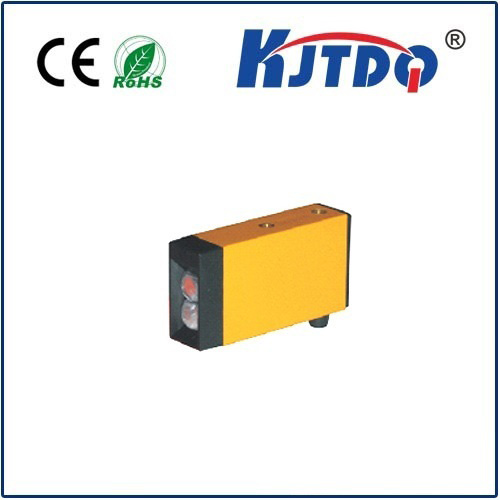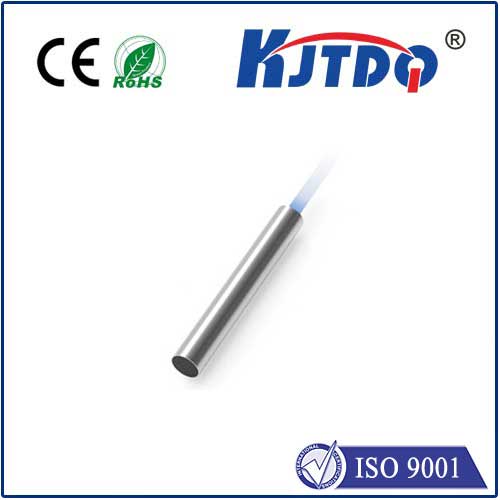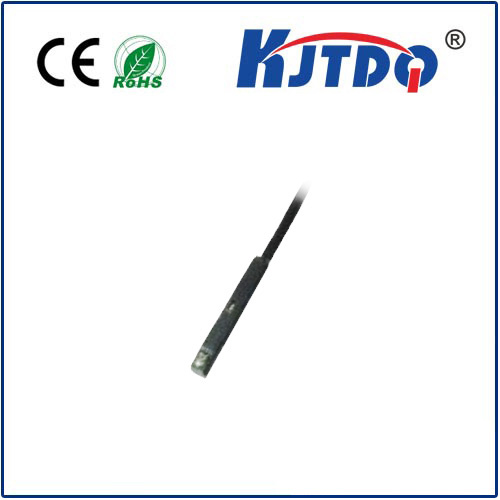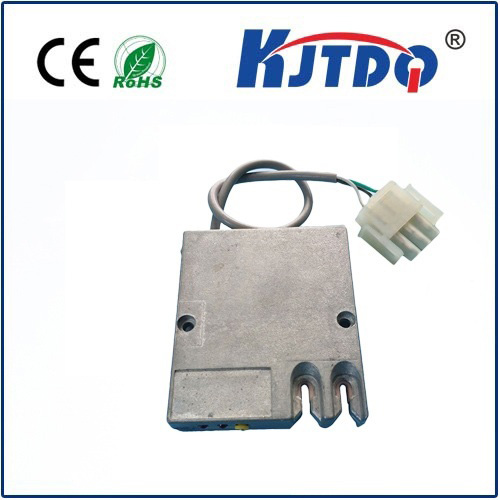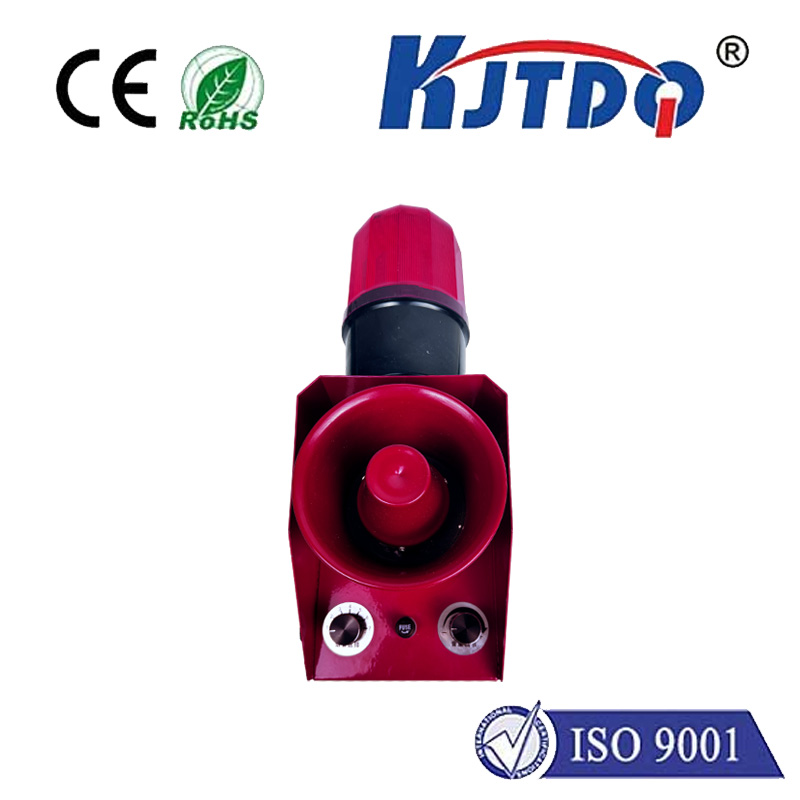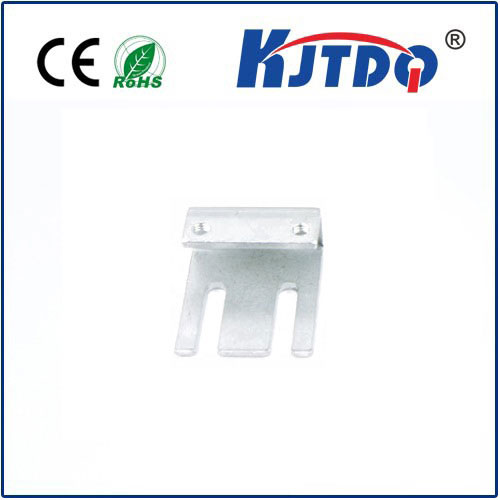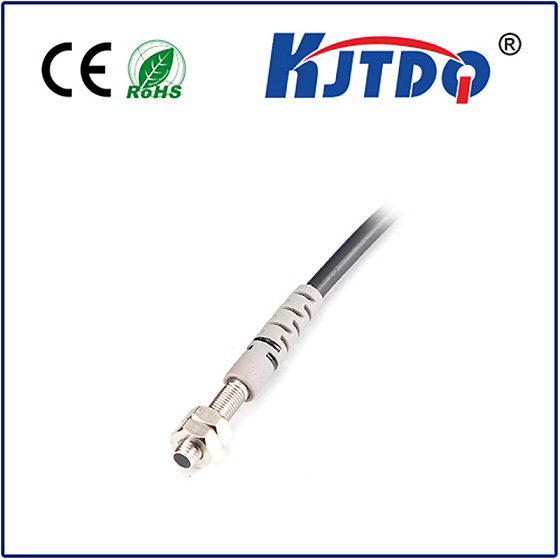
check

check

check

check
Title: Analog Proximity Sensor: A Game-Changer in the World of Intelligent Devices
In today's fast-paced technological landscape, the demand for devices that can sense their environment and interact with it is on the rise. One such device is the analog proximity sensor, which has revolutionized the way we interact with our smart devices. From smartphones to home automation systems, the analog proximity sensor has found a place in almost every aspect of our lives, offering convenience, comfort, and safety.
At its core, an analog proximity sensor is a simple yet powerful device that uses electrical resistance to measure the distance between two objects. When a person or an object comes into contact with the sensor, it changes the electrical resistance, allowing the sensor to determine the proximity. This allows the sensor to trigger various actions based on the detected distance, making it an invaluable component in the development of intelligent devices.
One of the most significant advantages of analog proximity sensors is their low cost and simplicity. They are easy to implement, making them ideal for use in a wide range of industries, including manufacturing, automotive, and healthcare. Furthermore, they are highly reliable and have a long lifespan, making them a cost-effective solution for many applications.
Another advantage of analog proximity sensors is their ability to adapt to different environments. They can detect obstacles, detect changes in temperature or humidity, and even detect human movement. This makes them useful in applications where other sensors may not be appropriate, such as in industrial settings where there may be debris or chemicals present.
Despite their numerous advantages, analog proximity sensors still face some challenges. One of the biggest challenges is improving their accuracy. While they are generally accurate within a few millimeters, there are cases where they may fail to detect objects correctly due to interference from other sources or environmental factors. To address this issue, manufacturers are continually refining their designs and incorporating advanced algorithms to improve accuracy.
In conclusion, the analog proximity sensor has proven to be a game-changer in the world of intelligent devices. Its low cost, simple design, and ability to adapt to different environments make it an indispensable tool for many industries. As technology continues to evolve, we can expect analog proximity sensors to play an even larger role in shaping our lives and enhancing our interactions with the world around us.

